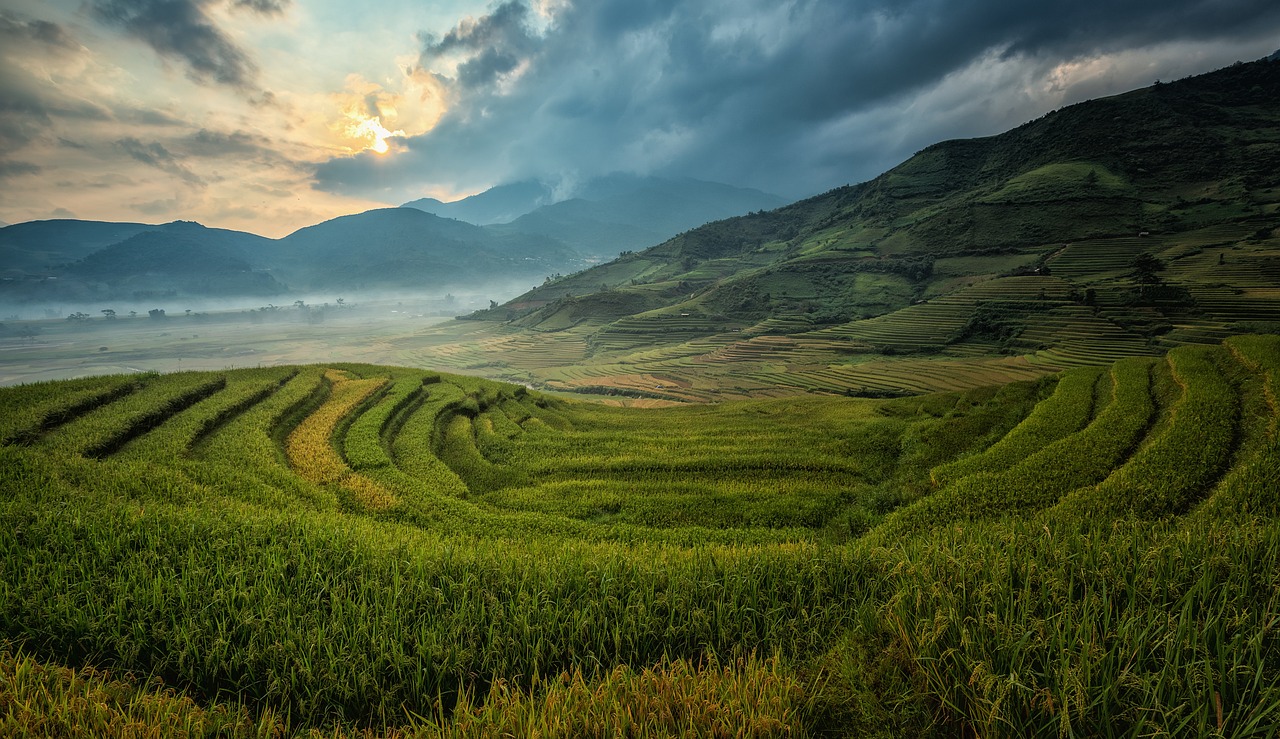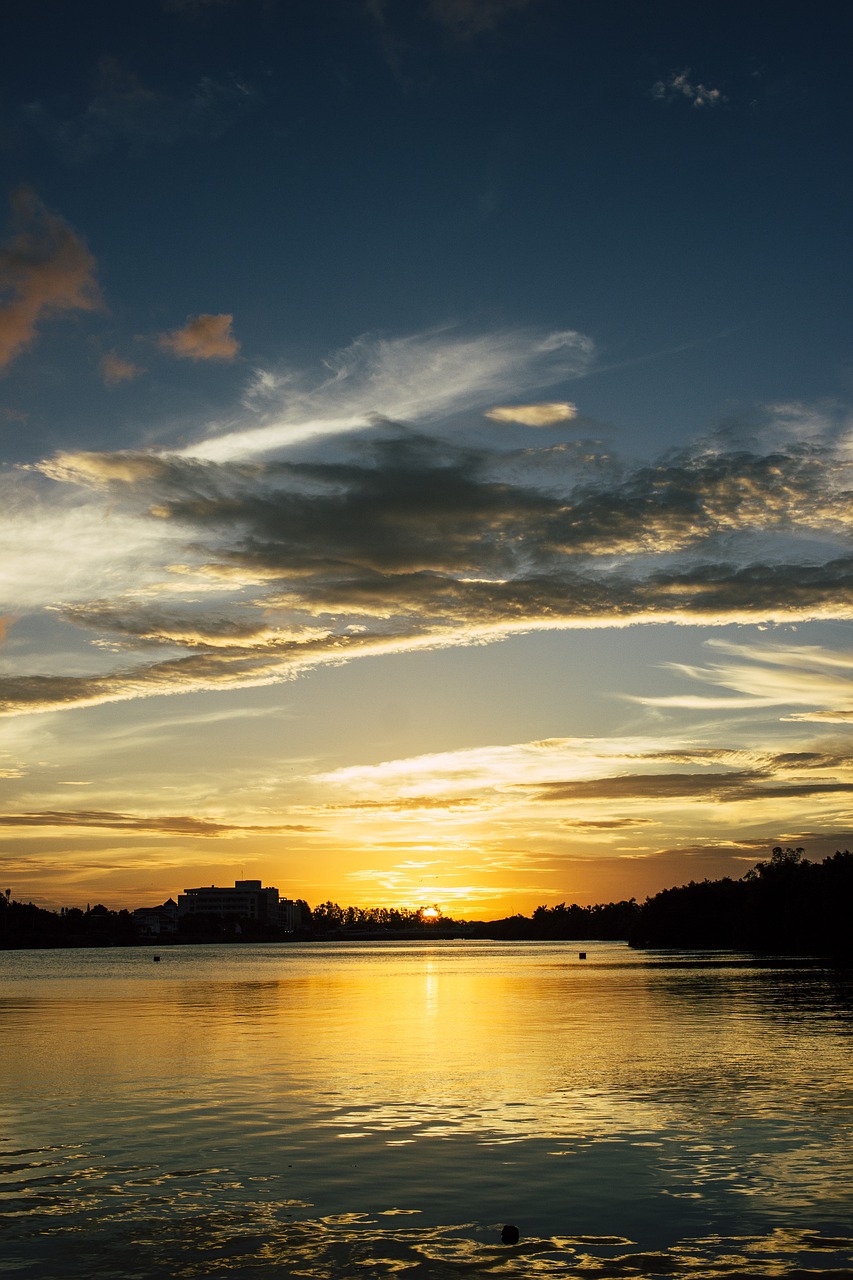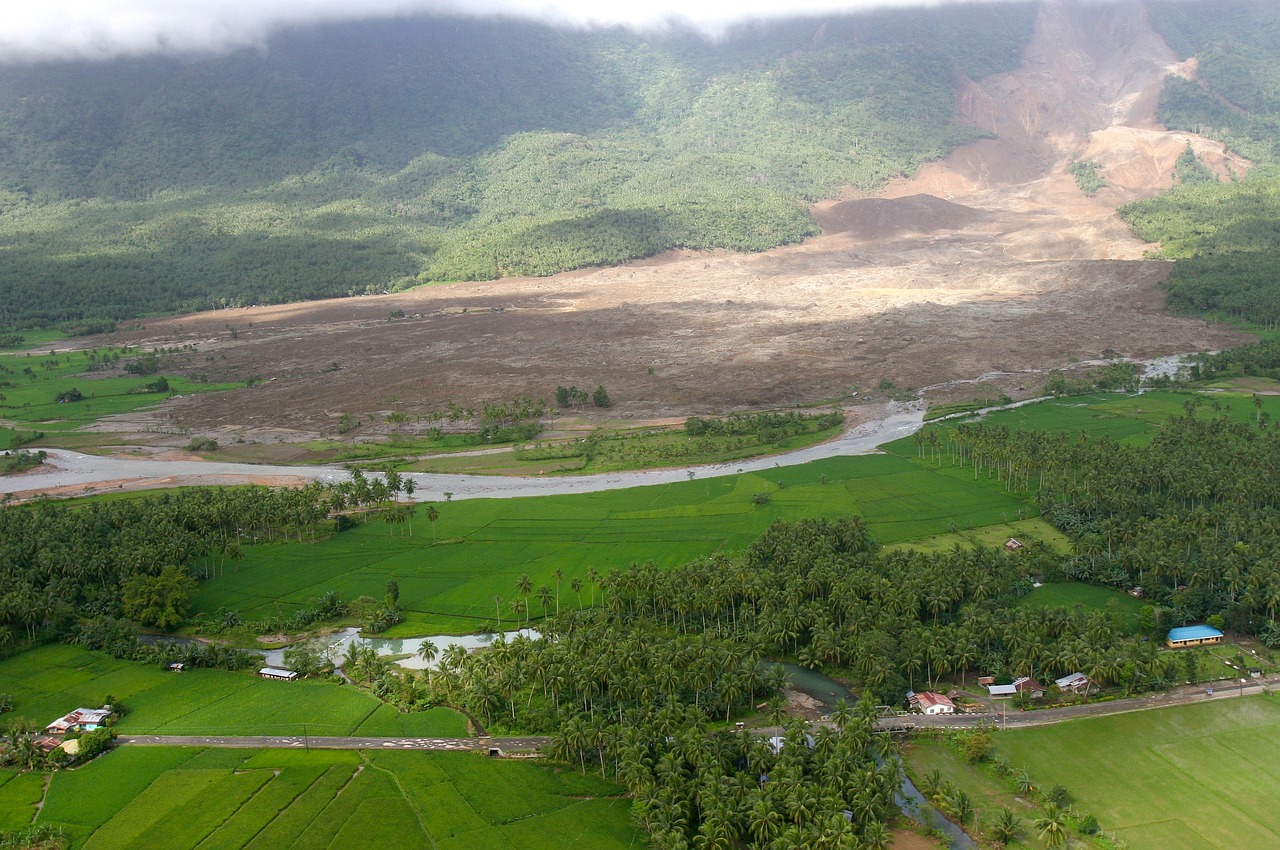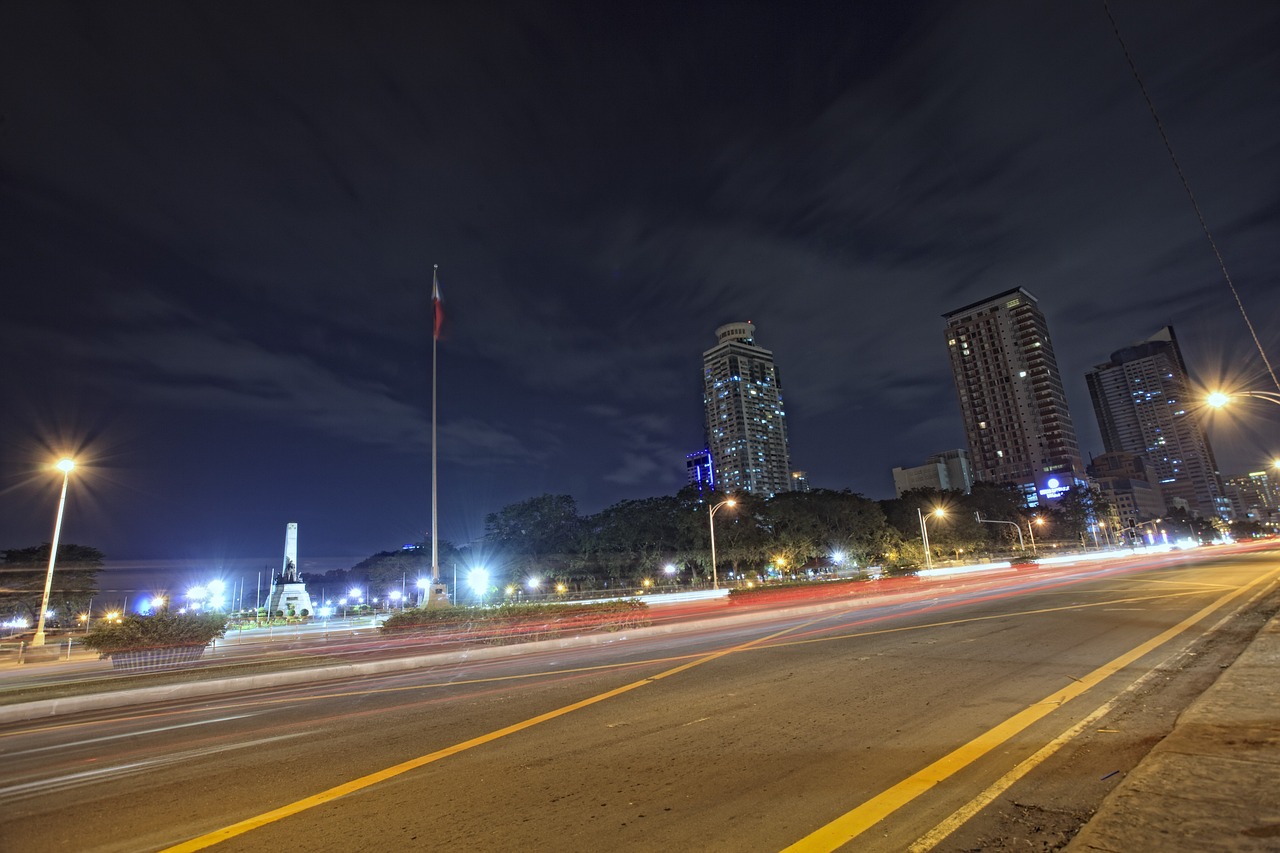Philippines Video
Local Celebrations and Holidays: What to Expect in Philippines
The Philippines is a country known for its vibrant and diverse culture. With a rich history and a mix of influences from various civilizations, the Philippines celebrates a wide range of local celebrations and holidays throughout the year. These festivities showcase the unique traditions, customs, and values of the Filipino people. Whether you’re a local or a visitor, participating in these celebrations is an excellent way to immerse yourself in the Filipino culture. Here are twelve local celebrations and holidays you can expect to experience in the Philippines.
Sinulog Festival
The Sinulog Festival is one of the most popular and grandest celebrations in the Philippines. Held in Cebu City every third Sunday of January, this festival honors the Santo Niño, the child Jesus. The highlight of the festival is the street parade, where participants dressed in vibrant costumes dance to the rhythmic beat of drums and chant “Pit Señor!” The Sinulog Festival attracts both locals and tourists from around the world, making it a must-see event in the Philippines.
- Street Parade: The Sinulog Festival street parade showcases the rich cultural heritage of Cebu through dance and music.
- Religious Procession: A religious procession is held in honor of the Santo Niño, where devotees join in carrying the image of the child Jesus.
- Fireworks Display: The festival culminates in a grand fireworks display, lighting up the night sky with colorful explosions.
- Fluvial Procession: A fluvial procession takes place along the Mactan Channel, symbolizing the arrival of the Santo Niño in Cebu.
Kadayawan Festival
The Kadayawan Festival is a week-long celebration held in Davao City every August. It is a thanksgiving festival that highlights the bountiful harvest of the region. During this festival, the streets come alive with colorful floats, street dances, and cultural performances. Visitors can also enjoy a variety of local delicacies and witness the floral float parade, showcasing the beautiful and diverse flora of Davao.
- Indak-Indak sa Kadayawan: This street dance competition features participants from different tribes in Mindanao, showcasing their traditional dances and colorful costumes.
- Floral Float Parade: The floral float parade showcases intricately designed floats adorned with vibrant flowers and plants.
- Fruit Market: A fruit market is set up where visitors can taste and buy a wide variety of fresh fruits from Davao.
- Cultural Performances: Various cultural performances, including music and dance, are held to showcase the rich cultural heritage of Davao.
Pahiyas Festival
The Pahiyas Festival is a colorful and lively celebration held in Lucban, Quezon every May 15th. It is a way for the locals to express their gratitude for a bountiful harvest. During this festival, houses are adorned with colorful rice decorations, fruits, vegetables, and handicrafts. Visitors can also enjoy a feast of local delicacies, such as the famous kiping (rice wafers), pancit habhab (stir-fried noodles), and longganisa (sausages).
- House Decorations: Locals decorate their houses with colorful rice decorations, fruits, vegetables, and handicrafts, creating a vibrant and festive atmosphere.
- Street Parade: A street parade takes place, showcasing traditional dances and music, with participants wearing traditional Filipino costumes.
- Food Fair: A food fair is set up where visitors can indulge in a variety of local delicacies and traditional Filipino dishes.
- Art Exhibits: Local artists display their works of art, showcasing the creativity and talent of the people of Lucban.
Ati-Atihan Festival
The Ati-Atihan Festival is a lively and colorful celebration held in Kalibo, Aklan every January. It is a feast in honor of the Santo Niño, similar to the Sinulog Festival. Participants paint their faces with black soot and wear traditional Visayan attire as they dance and chant in the streets. The festival is known for its energetic street dancing and vibrant music, creating a festive atmosphere that attracts both locals and tourists.
- Street Dancing: Participants, dressed in traditional Visayan attire, dance to the beat of drums and chant “Hala Bira!” as they roam the streets of Kalibo.
- Parade of Tribes: Different tribes from Aklan and neighboring provinces participate in a parade, showcasing their unique cultural traditions.
- Fluvial Procession: A fluvial procession is held, where the Santo Niño is carried on a beautifully decorated boat along the Aklan River.
- Fireworks Display: The festival culminates in a grand fireworks display, lighting up the night sky with colorful explosions.
Sinukwan Festival
The Sinukwan Festival is a week-long celebration held in San Fernando, Pampanga every November. It is a cultural extravaganza that showcases the unique heritage and traditions of the Kapampangan people. During the festival, the streets are filled with colorful parades, street dances, and cultural performances. Visitors can also witness traditional games, culinary competitions, and art exhibits.
- Street Parades: Colorful parades featuring participants in traditional costumes and showcasing the rich cultural heritage of Pampanga.
- Street Dances: Street dances accompanied by lively music and choreography, depicting stories and legends of the Kapampangan people.
- Culinary Competitions: Various culinary competitions are held, showcasing the unique flavors and traditional dishes of Pampanga.
- Art Exhibits: Local artists display their artworks, reflecting the vibrant art scene in Pampanga.
Philippines Image 1:

Panagbenga Festival
The Panagbenga Festival, also known as the Flower Festival, is held in Baguio City every February. It is a month-long celebration showcasing the blooming flowers of the region. The festival features street parades, floats adorned with vibrant flowers, and various cultural and artistic performances. Visitors can also enjoy a variety of activities, such as flower exhibits, garden shows, and street dancing competitions.
- Street Parades: Colorful street parades featuring participants dressed in flower-inspired costumes, dancing to lively music.
- Float Parade: Elaborately decorated floats adorned with vibrant flowers, showcasing the creativity and artistry of the locals.
- Flower Exhibits: Various flower exhibits are held, displaying a wide variety of blooms and floral arrangements.
- Panagbenga Street Dance: Street dancing competitions where participants showcase their choreography and creativity, incorporating flower-themed movements.
Philippines Image 2:

Pista ng Nazareno
The Pista ng Nazareno, also known as the Feast of the Black Nazarene, is a religious festival held in Quiapo, Manila every January 9th. Devotees from all over the country flock to the Quiapo Church to pay homage to the Black Nazarene, a life-sized wooden statue of Jesus Christ. The festival involves a grand procession where devotees pull a carriage carrying the Black Nazarene through the streets of Manila.
- Procession: The highlight of the festival is the grand procession, where devotees participate in pulling the carriage of the Black Nazarene.
- Masses and Prayers: Throughout the day, Masses and prayers are held at the Quiapo Church, attracting thousands of devotees.
- Veneration of the Black Nazarene: Devotees line up to touch or kiss the Black Nazarene as an act of devotion and seeking blessings.
- Traslacion: The Traslacion is a significant part of the festival, where the Black Nazarene is transferred from the Quirino Grandstand to the Quiapo Church.
Kalesa Festival
The Kalesa Festival is a unique celebration held in Laoag City, Ilocos Norte every February. It pays homage to the traditional horse-drawn carriage called “kalesa,” which was once a popular mode of transportation in the Philippines. During the festival, colorful kalesas are decorated and paraded along the streets. Visitors can enjoy traditional music and dances, as well as taste local delicacies.
- Kalesa Parade: Colorful kalesas, adorned with flowers and other decorations, are paraded along the streets of Laoag City.
- Kalesa Competition: A competition is held to determine the best-decorated kalesa, showcasing the creativity and craftsmanship of the locals.
- Cultural Performances: Traditional music and dances are performed, showcasing the unique culture and heritage of Ilocos Norte.
- Food Stalls: Local delicacies and traditional Ilocano dishes are available for visitors to taste and enjoy.
Philippines Image 3:

Paskuhan Village Christmas Festival
The Paskuhan Village Christmas Festival is an annual event held in San Fernando, Pampanga during the Christmas season. It is a month-long celebration that showcases the Filipino Christmas spirit. The festival features a grand display of Christmas lights, lantern parades, and various cultural performances. Visitors can enjoy traditional Filipino Christmas delicacies, shop for local crafts, and experience the joyous atmosphere of the holiday season.
- Christmas Lights Display: The Paskuhan Village is adorned with thousands of Christmas lights, creating a magical and festive ambiance.
- Lantern Parade: Colorful lanterns, locally known as “parol,” are paraded along the streets, symbolizing the Star of Bethlehem.
- Cultural Performances: Various cultural performances, including traditional dances and music, are held to celebrate the Filipino Christmas traditions.
- Christmas Bazaar: Local crafts, Christmas decorations, and traditional Filipino products are available for purchase at the Christmas bazaar.
Feast of Our Lady of Peñafrancia
The Feast of Our Lady of Peñafrancia is a religious festival held in Naga City, Camarines Sur every September. It is a celebration in honor of the patroness of Bicolandia, Our Lady of Peñafrancia. The highlight of the festival is the fluvial procession, where the image of the Virgin Mary is carried on a beautifully decorated pagoda and brought to the Naga River. Devotees gather to witness and participate in this religious event.
- Fluvial Procession: The fluvial procession takes place along the Naga River, where the image of Our Lady of Peñafrancia is carried on a pagoda.
- Traslacion: The Traslacion is the transfer of the image of Our Lady of Peñafrancia from the Basilica Minore to the Naga Metropolitan Cathedral.
- Prayer Vigils: Devotees gather for prayer vigils and novenas, seeking the intercession and blessings of Our Lady of Peñafrancia.
- Street Procession: A street procession is held, with devotees following the image of Our Lady of Peñafrancia as it is brought back to the Basilica Minore.
References
- gypsywarrior.com
- panagbengaflowerfestival.com
- pahiyasfestival.com
- atiatihan.ph
- sinukwanfestival.com
- kadayawan.com
- philippines.travel
- pistangnazareno.com
- laoagcity.gov.ph
- sanfernandocity.gov.ph
- naga.gov.ph


